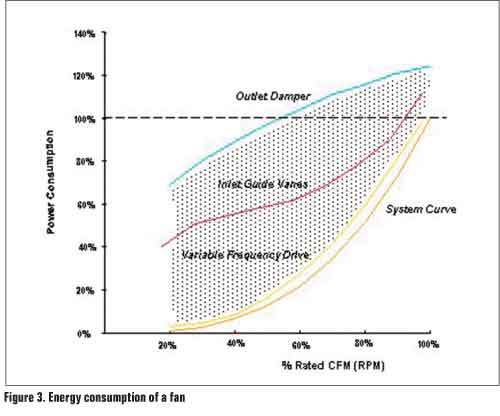Hi,
I'm a student, and i have been given a task during my internship, which is a study of the energy consumption of all the motors inside the enterprise, in order to try and come up with a plan to reduce their consumption.
I've done some research, and was able to determine that in order to do so, a speed control of motors so as to adapt it to the load is necessary, as well as the optimisation of their efficiency and regular maintenance.
The problem is that i can't figure out a way to start working on this project, so what i need to know is how to be able to give a solution through analyzing the motors' energy consumption ? and what are the points i need to focus on ? or the motors i need to target ? and which strategy is to adopt in order to be able to succeed in this task ?
And if there are more ideas on the solutions to reduce motors' energy consumption, please feel free to enlighten me.
Thank you in advance.
I'm a student, and i have been given a task during my internship, which is a study of the energy consumption of all the motors inside the enterprise, in order to try and come up with a plan to reduce their consumption.
I've done some research, and was able to determine that in order to do so, a speed control of motors so as to adapt it to the load is necessary, as well as the optimisation of their efficiency and regular maintenance.
The problem is that i can't figure out a way to start working on this project, so what i need to know is how to be able to give a solution through analyzing the motors' energy consumption ? and what are the points i need to focus on ? or the motors i need to target ? and which strategy is to adopt in order to be able to succeed in this task ?
And if there are more ideas on the solutions to reduce motors' energy consumption, please feel free to enlighten me.
Thank you in advance.


